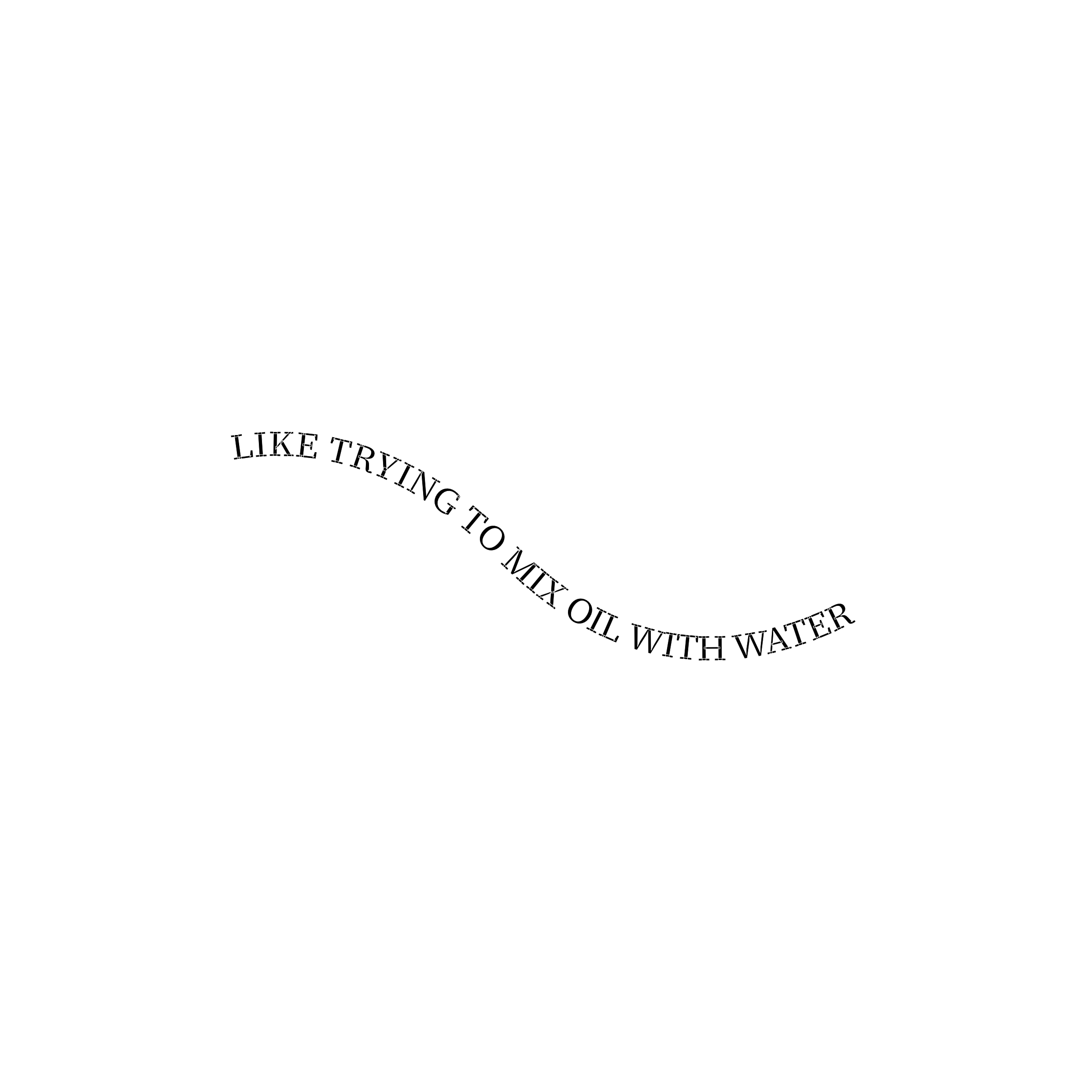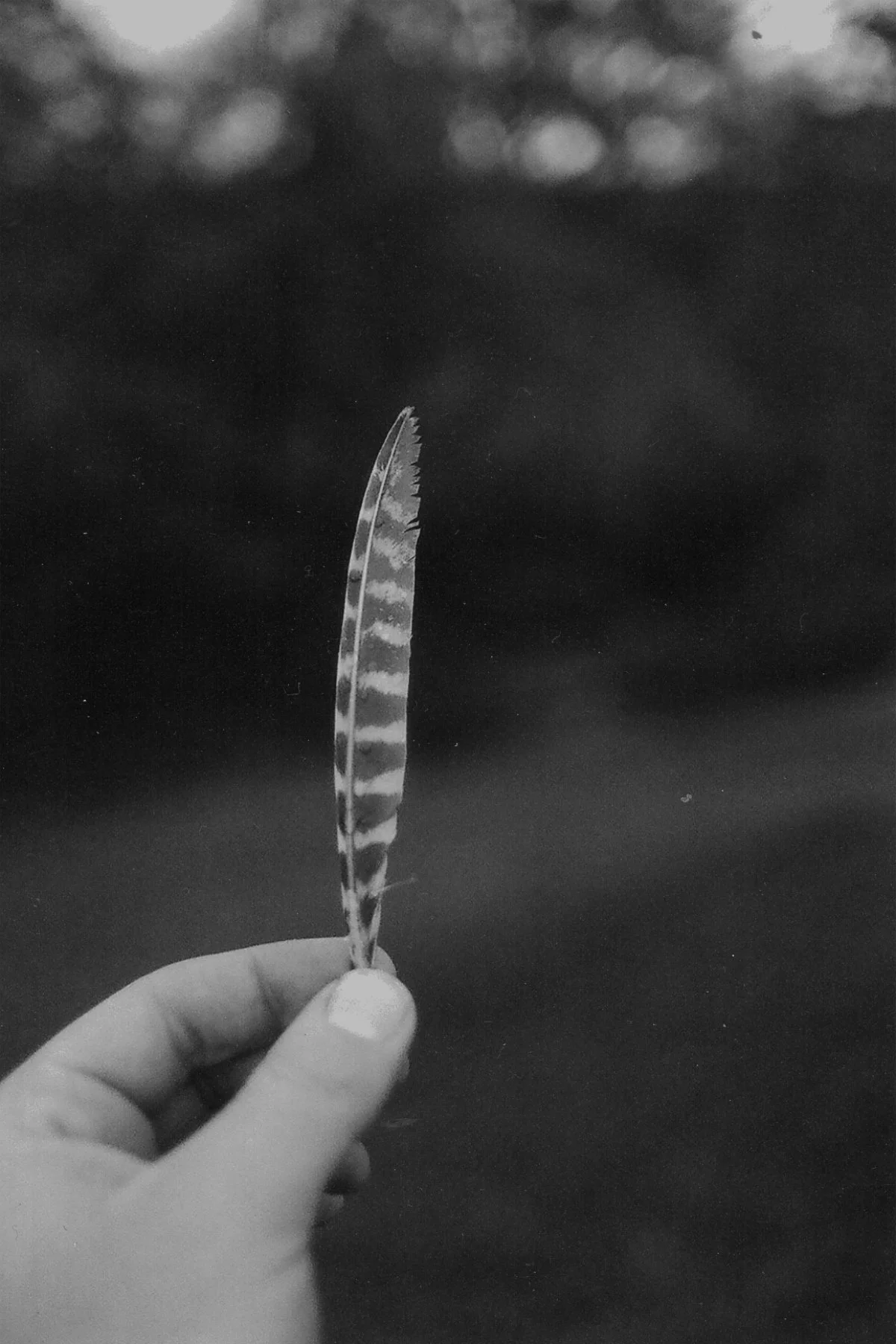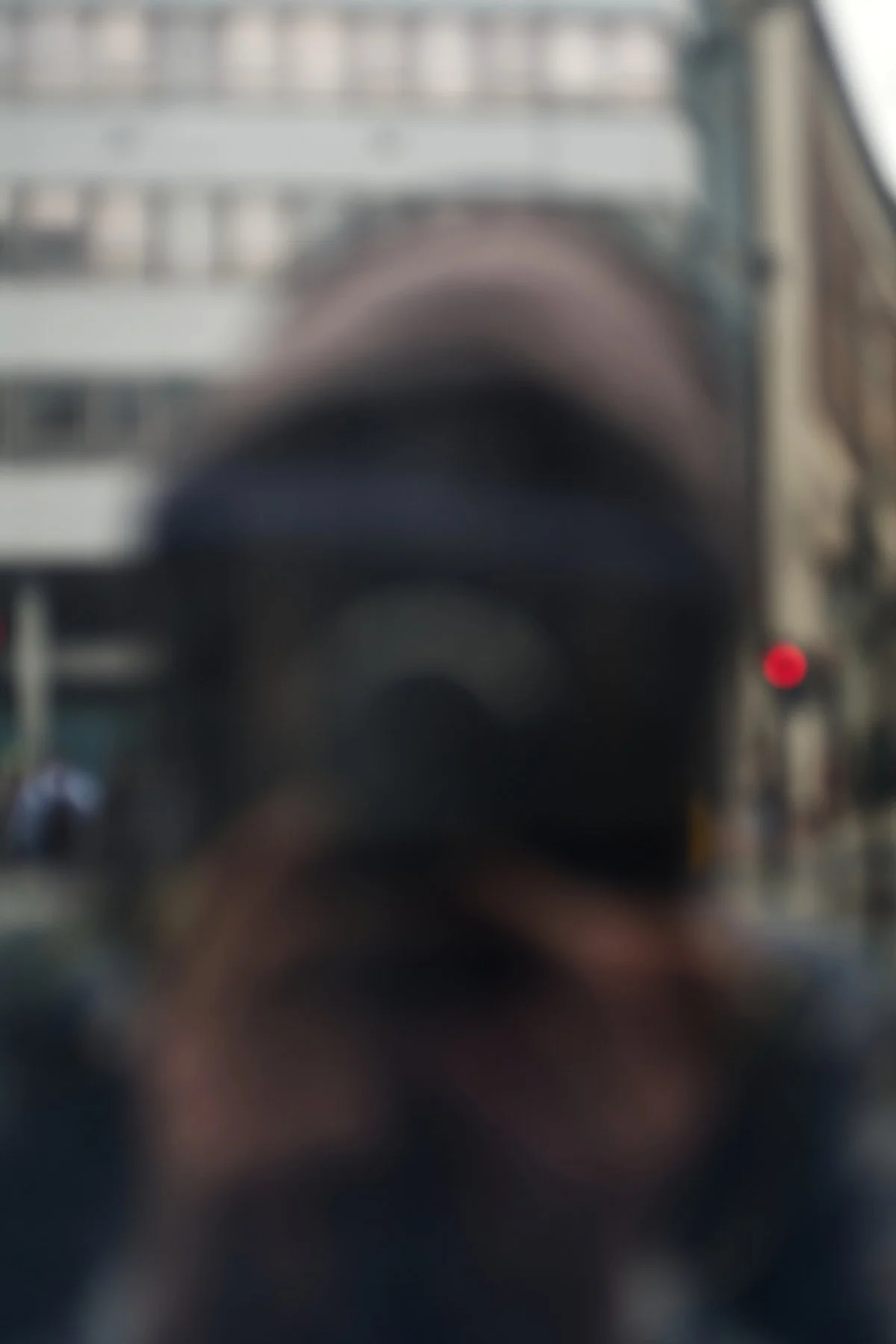The State of Matter Trilogy is a seventeen year project that explores my local surroundings. The series is split in to three volumes and each one explores a different type of settlement, Suburban, Rural and Urban. The archive of photographs have been used to explore my state of mind.
Like Trying To Mix Oil With Water started as a college project that attempted to document my hometown. The project continued after my graduation and inadvertently captured the before and after of my mental health diagnosis.
As I Exchange Carbon Dioxide For Oxygen explores the landscape that I had relocated towards. As time went on my marriage began to break down and the natural word reflected the chaos and destruction this caused.
A Place Where Concrete Replaces The Earth takes place in the city where I attempted to refocus my life with my new partner. This relationship began fail while it was still blossoming and my mind remained a blur.






